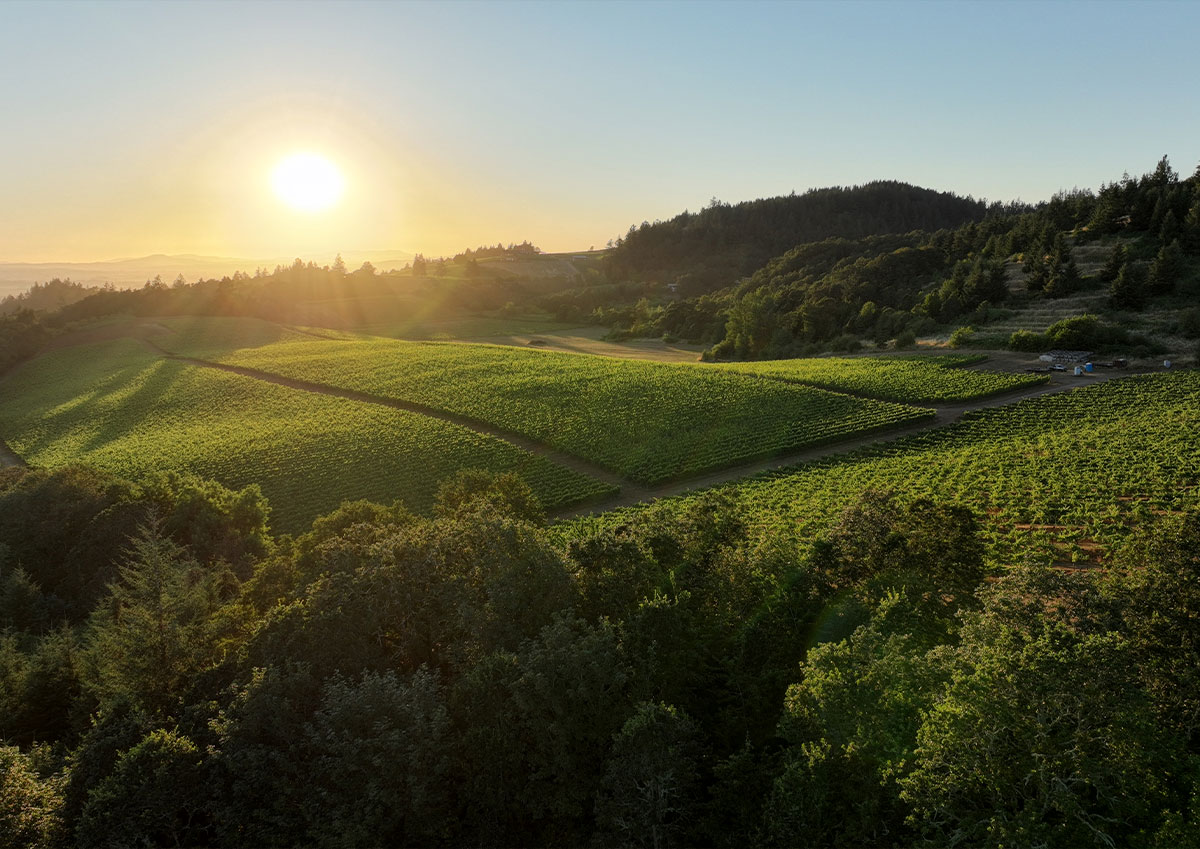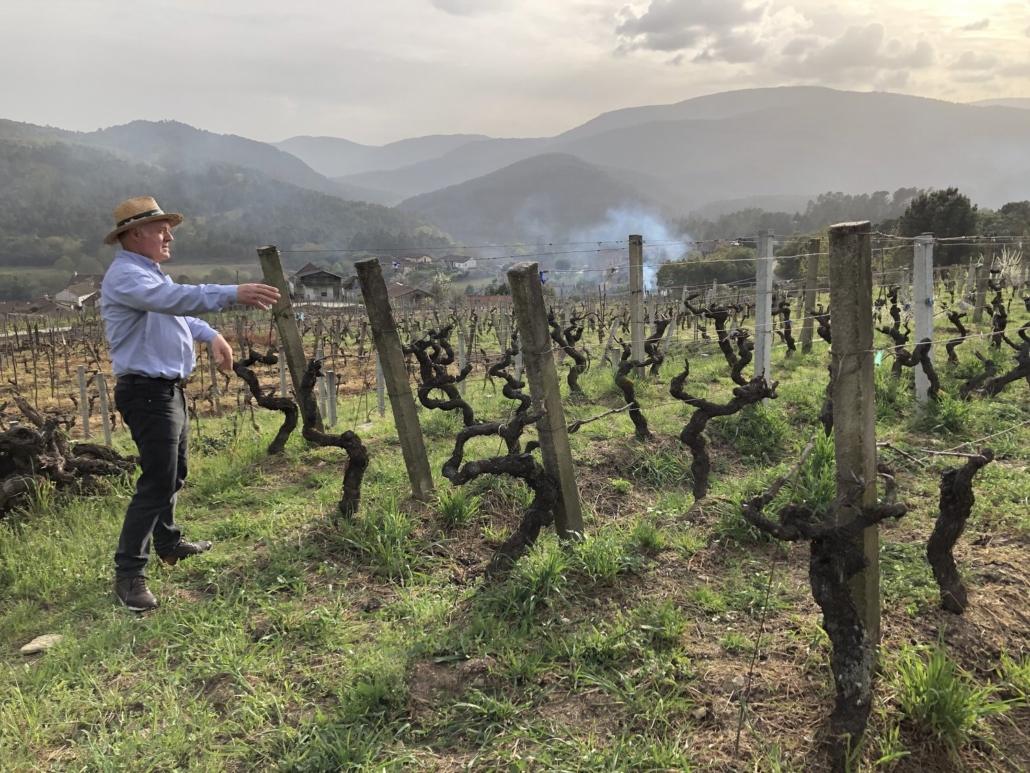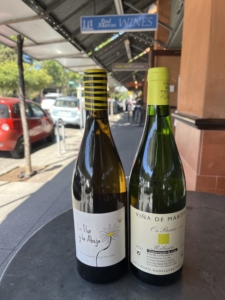Originally planted more than 40 years ago, Oregon’s 100-acre Temperance Hill Vineyard is one of the most esteemed grape-growing sites in the U.S. Located in the Eola-Amity Hills AVA in the northern Willamette Valley, Temperance Hill is a cool-climate, high-elevation, late-ripening vineyard planted atop the remains of an ancient volcano, making it a perfect home for pinot noir.
 The renowned Dai Crisp has been managing Temperance Hill since 1999; he immediately began farming organically, and the vineyard was eventually certified organic in 2012. With vines that are between 660 and 860 feet in altitude and the pronounced influence of the chilly Van Duzer winds, Temperance Hill produces pinot noir that is noted for its elegance, finesse, and energetic sparkle.
The renowned Dai Crisp has been managing Temperance Hill since 1999; he immediately began farming organically, and the vineyard was eventually certified organic in 2012. With vines that are between 660 and 860 feet in altitude and the pronounced influence of the chilly Van Duzer winds, Temperance Hill produces pinot noir that is noted for its elegance, finesse, and energetic sparkle.

Vineyard honcho Dai Crisp
More than two dozen producers make wines from Temperance Hill fruit, and at Paul Marcus Wines, we are currently featuring a pair of single-vineyard expressions from this magical plot.
2021 Walter Scott Pinot Noir Temperance Hill
Walter Scott’s rendition of Temperance Hill pinot comes from a single block on the vineyard’s north side, with an elevation of 750 feet and a location directly in the teeth of the Van Duzer winds. Despite the cooler growing conditions, the Walter Scott delivers a deep core of mouth-coating blue and purple fruit–not aggressive or intense, but not particularly shy either. This explosion of fruit is gently supported by savory, herbal accents that help complete the picture. There’s real vigor and vibrancy to this bottle, and it fans out across the palate with purpose, leading to a delightfully persistent finish.
2021 Goodfellow Pinot Noir Temperance Hill
The Goodfellow Temperance Hill emphasizes and embraces the earthy spice, woody tobacco aromas, and citrusy zip that help distinguish this vineyard. Made with 100 percent whole clusters, this is a crisper, subtler take on Temperance Hill fruit that truly allows the mineral edge to shine through. Perhaps not as viscerally alluring as the Walter Scott, the Goodfellow is a graceful, charming, and wholly appealing take nonetheless.
To learn more about these exquisite offerings, stop by the shop and say hello.


